Day three began with an introduction to Abbreviationes, an easy to use online database of medieval Latin abbreviations. We were fortunate enough to have the database creator Olaf Pluta present to guide the CENDARI summer school participants as we experimented with both versions of Abbreviationes, Abbreviationes Classic and Abbreviations Professional. The Professional version of Abbreviationes has been fully optimised for high resolution which makes it perfect for smart phones, simultaneously boosting Abbreviationes accessibility to researchers.
Olaf Pluta explaining the history of Abbreviationes to #CendariSummer15 and how it can now be used for research. pic.twitter.com/f201etDB3E
— Patricia O Connor (@trishaoconnor88) July 22, 2015
My exploration of Abbreviationes revealed the extent to which Olaf had incorporated the different letter forms and abbreviation symbols into the database. For instance, in order to input a superscript letter into Abbreviationes search query you would have to insert the particular letter in its capital form. Similarly, to insert the diamond symbol frequently seen in Latin abbreviations, the researcher would use the # key and to convey the Latin script letter form that looks like a backwards c, the user would simply enter the @ symbol instead.
What I found most helpful as I delved deeper into the database was that the results return every known abbreviation of the queried word and more importantly, list the manuscripts in which these abbreviations occur. This feature of the database not only seeks to answer the user’s query but provides additional relevant information concerning the search query which actively assists the user with their future research by supplying other possible abbreviations of the same word that they may encounter.
The Abbreviationes site was first shown publicly in 1992 the database is now in its ninth version and offers both a basic and advanced search function. The advanced search function of Abbreviationes allows for case-sensitive and case-insensitive search queries, and enables the user to input ambiguous abbreviations. Within the advanced search if the researcher knows how many letters are in the abbreviation but can not recognise all the letters, they can specify that the abbreviation is less or more than a certain number, input the letter forms that they are sure of and use hyphens to denote the illegible letters. This feature of Abbreviationes is especially considerate of researchers that are engaged with medieval manuscripts and makes this online database an invaluable research resource.
We were also introduced to the CENDARI Virtual Research Environment, a digital research platform that gives users to access a Note-Taking Environment where researchers can tag any people, places, events and dates in their notes as entities. This tagging feature monitors the frequency of these entities and by linking to dbpedia, a linked open data database with a semantic structure, these entities can be linked to webpages related to these entities. Having the Note-Taking Environment linked to dbpedia not only facilitates the research process by compiling similar documents but it also situates the users research within the linked open data framework. This aspect of the CENDARI Note-Taking Environment is the resource’s principal advantage as it has the potential to foster collaboration and the dissemination of research between researchers.
The day concluded with a visit to an exhibition in commemoration of the reformer Jan Hus who was burned 600 years ago. Images from the exhibition relating to Jan Hus’ education, his career as a theological thinker, his reforming efforts and his execution can be seen below.
The Jan Hus exhibition was supplemented by a further walking tour lead by Ota Pavlicek which encompassed Bethlehem square where the Bethlehem Cathedral is situated, the Jewish Quarter and the Old Town square in Prague.
![]() This work is licensed under a Creative Commons Attribution-NonCommercial-ShareAlike 4.0 International License.
This work is licensed under a Creative Commons Attribution-NonCommercial-ShareAlike 4.0 International License.

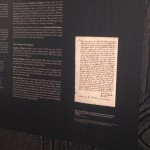
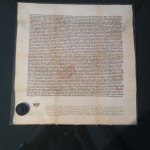
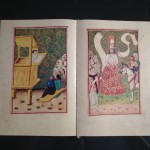
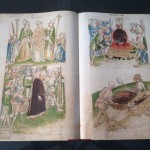

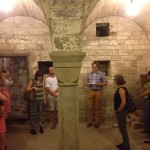
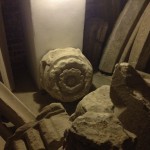
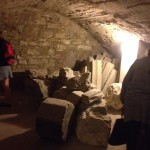
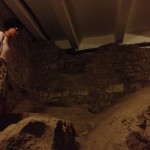
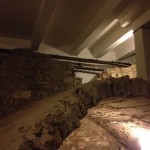
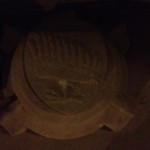
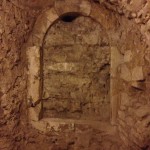
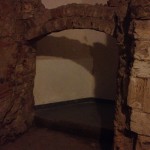
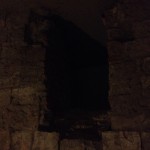
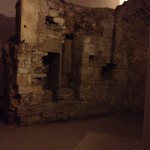
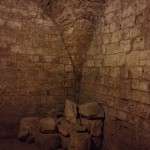
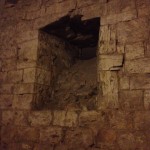
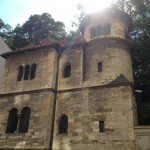
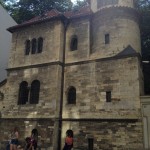

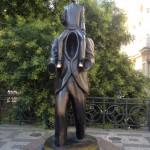






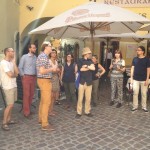
No Comments